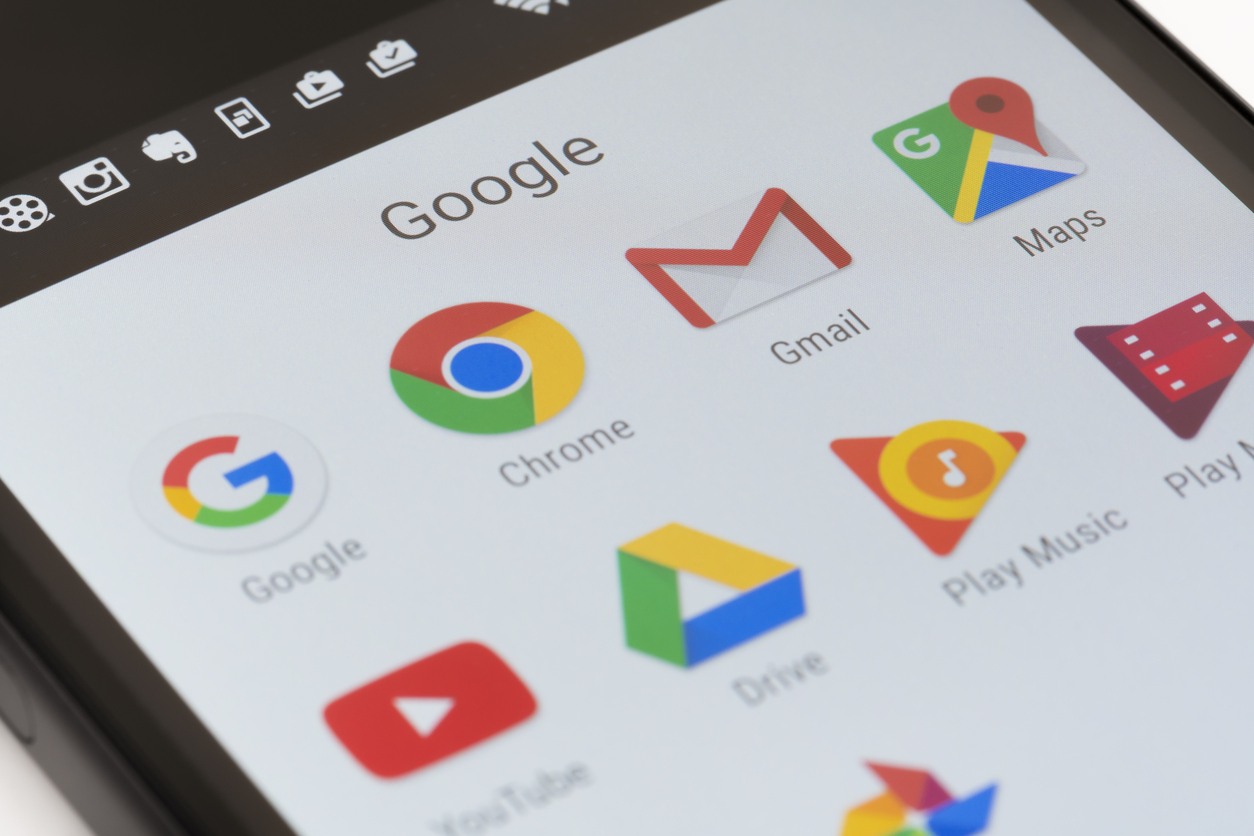
(Image Credit: iStockPhoto/ymgerman)
In a blog post today, Google has announced it will be stepping up its efforts to blur the lines between native and web apps in an update to Chrome rolling out in the beta channel within the next few weeks.
Back in 2015, Google helped to blur the lines between the web and native apps by allowing developers to prompt users browsing their site to add it to their Home screen so it appears the same way as other apps. Now, with something Google is calling Progressive Apps, the lines have almost disappeared from a user perspective.
Your app will load faster even if there’s no internet connection available.
The latest update to Chrome will deepen the integration between Android and web applications. Not only will the saved web apps now appear in the app drawer, but they’ll also be integrated with the system to appear in the settings. Even more exciting, the web apps will be able to receive intents from other apps.
Intents allow the relevant app to carry out a specific function when required by another app, or when a user taps a URL which calls it. Think of when you tap a Spotify link on the web and the native app opens to play the content you chose.
Yaron Friedman, Software Engineer at Google, said: “This new Add to Home screen feature is one more step in our journey to empower developers to build the best possible experience for their users, and we are committed to ensuring the same mechanisms for installing Progressive Web Apps are available to all browsers on Android.”
In order to make web apps function as “reliable, fast, and engaging” as native applications, Google is using ‘service workers’ to cache key resources so your app will load faster even if there’s no internet connection available.
Other new features in the latest Chrome beta includes support for ‘CSS Grid Layout’ to provide more design options to developers, and new ways to display media information such as artist names, artwork, and song titles on lockscreens.
Do you plan on taking advantage of Progressive Web Apps? Let us know in the comments.







